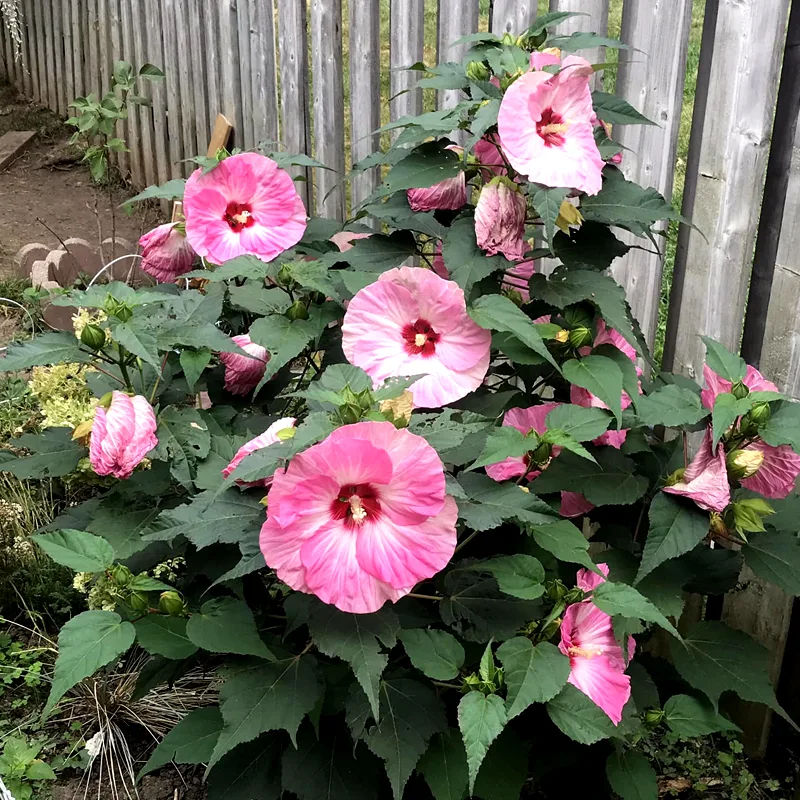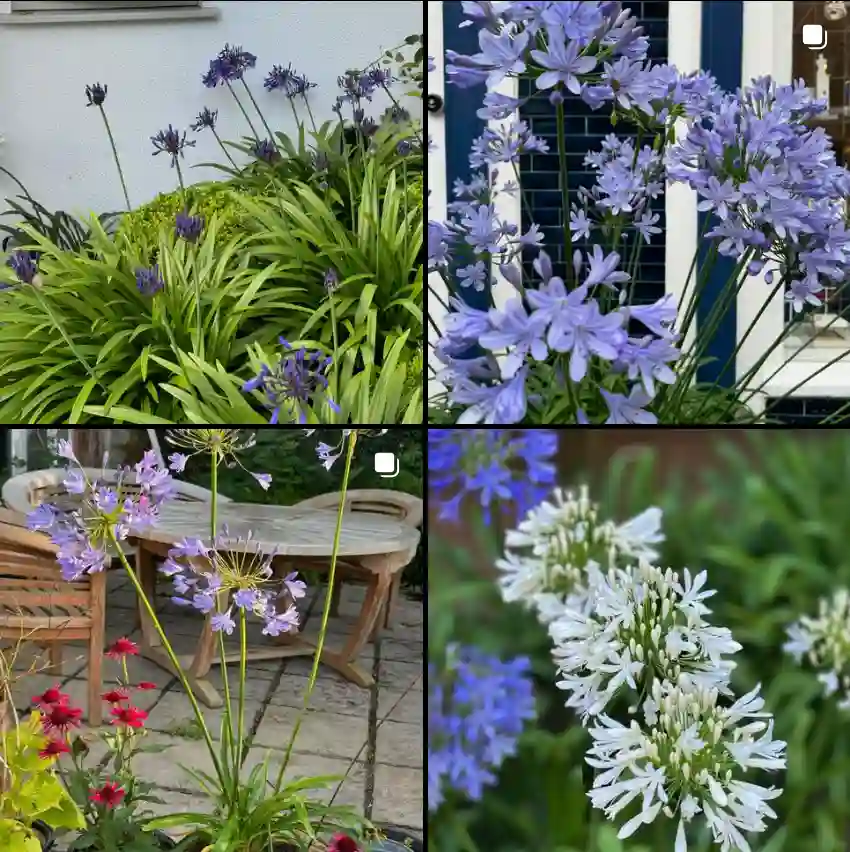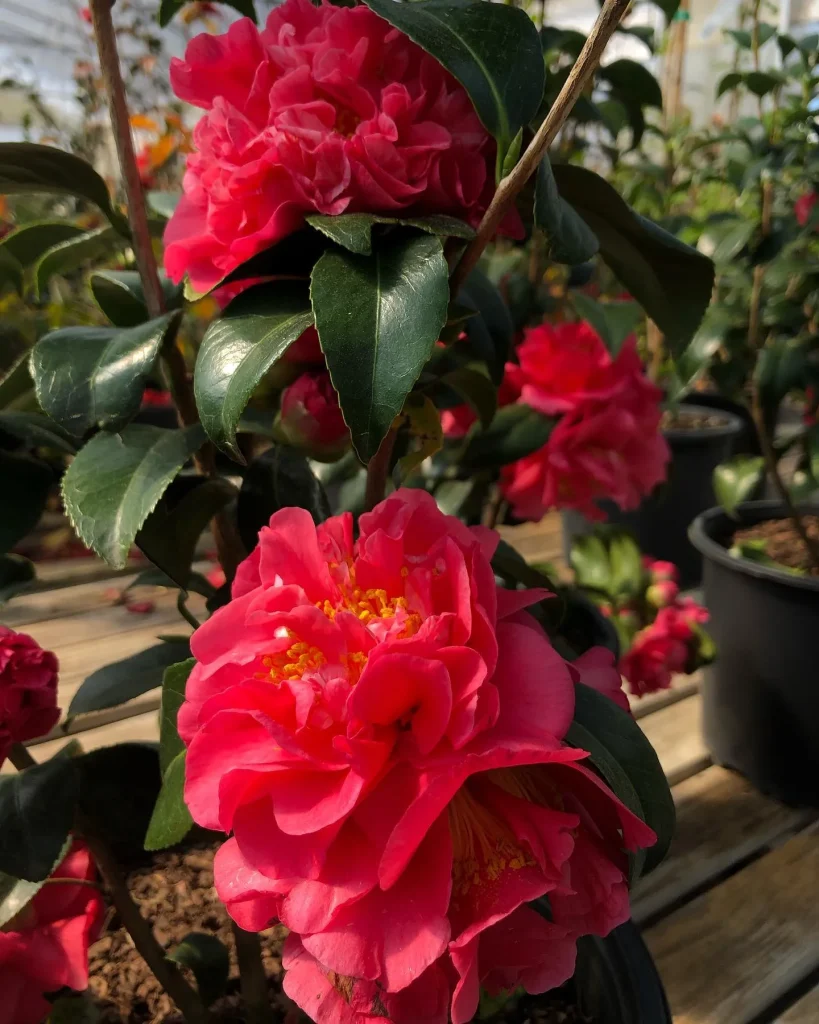Discovering the Aphanopetalaceae Family: A Dive into Aphanopetalum
The world of botany never ceases to amaze me. Every time I delve into a new plant family, I uncover unique features and characteristics that intrigue me. Today, I want to share my exploration of the Aphanopetalaceae family, particularly focusing on the Aphanopetalum genus. This family may not be the most famous, but it certainly deserves a spotlight in the botanical community.
Understanding the Aphanopetalaceae Family
The Aphanopetalaceae family is quite interesting. It comprises a small group of flowering plants primarily found in tropical and subtropical regions. One of the standout features of this family is its distinctive floral structure, which often showcases unique adaptations to attract specific pollinators. This characteristic makes Aphanopetalum a fascinating study for plant enthusiasts like me.
As I researched, I found that the Aphanopetalaceae family is closely related to several other plant families, including Dilleniaceae and Cucurbitaceae. However, Aphanopetalum stands out due to its unique reproductive traits and growth habits. The plants in this family typically grow as shrubs or small trees, which adds to their aesthetic appeal in landscape designs.
Exploring the Aphanopetalum Genus
When diving deeper into the Aphanopetalum genus, I was struck by the variety of species it encompasses. Aphanopetalum is native to regions in Australia and New Guinea, where the climate supports its growth. I often think about how environmental factors play a role in the evolution of plants.
One species that caught my attention is Aphanopetalum resinosum. This particular plant features resinous leaves and a distinct flowering pattern that can captivate any observer. The flowers are typically small, often pale in color, and grouped in inflorescences that create a lovely visual display.
As I admired the beauty of these plants, I reflected on how Aphanopetalum exemplifies the diversity of life. Its unique adaptations to various ecological niches highlight the importance of preserving biodiversity. When I see plants like this, I am reminded of the interconnectedness of ecosystems and the role each species plays in maintaining ecological balance.
Ecological Significance of Aphanopetalum
Understanding the ecological role of Aphanopetalum deepened my appreciation for this plant family. Members of the Aphanopetalum genus often play crucial roles in their ecosystems. They provide food and habitat for various pollinators and other wildlife. The flowers are known to attract specific insects, which can help with pollination. This symbiotic relationship is vital for the reproduction of many plants and the health of their environments.
In my garden, I always aim to create a space that supports local wildlife. Incorporating plants like Aphanopetalum can enhance biodiversity and support pollinators. Their unique flowers can draw in various insects, contributing to a healthier ecosystem.
Cultivation and Care
If you’re considering adding Aphanopetalum to your garden or collection, there are a few key points to remember. These plants thrive in well-drained soil and prefer a sunny to partially shaded location. I’ve learned from my experiences that ensuring proper drainage is crucial to avoid root rot, which can be a common issue with many tropical plants.
Watering is another essential aspect of their care. Aphanopetalum enjoys moist soil but not soggy conditions. I typically water my plants when the top inch of soil feels dry. This approach has helped me maintain healthy plants and vibrant growth.
Additionally, regular pruning can promote bushier growth and help shape the plant. I’ve found that removing dead or unhealthy branches not only improves the plant’s appearance but also encourages new growth.
Conclusion: A Plant Family Worth Discovering
The Aphanopetalaceae family, with its unique genus Aphanopetalum, is a hidden gem in the botanical world. My journey into understanding this family has enriched my knowledge and appreciation for the diversity of plant life. From their distinctive floral structures to their ecological significance, Aphanopetalum is truly remarkable.
As I continue my exploration of plants, I encourage fellow plant enthusiasts to take a closer look at the Aphanopetalaceae family. Whether you’re a seasoned gardener or just beginning your plant journey, there’s always something new to learn and appreciate. Embracing the beauty and diversity of our plant world can inspire us all to become better stewards of the environment.
If i die, water my plants!



